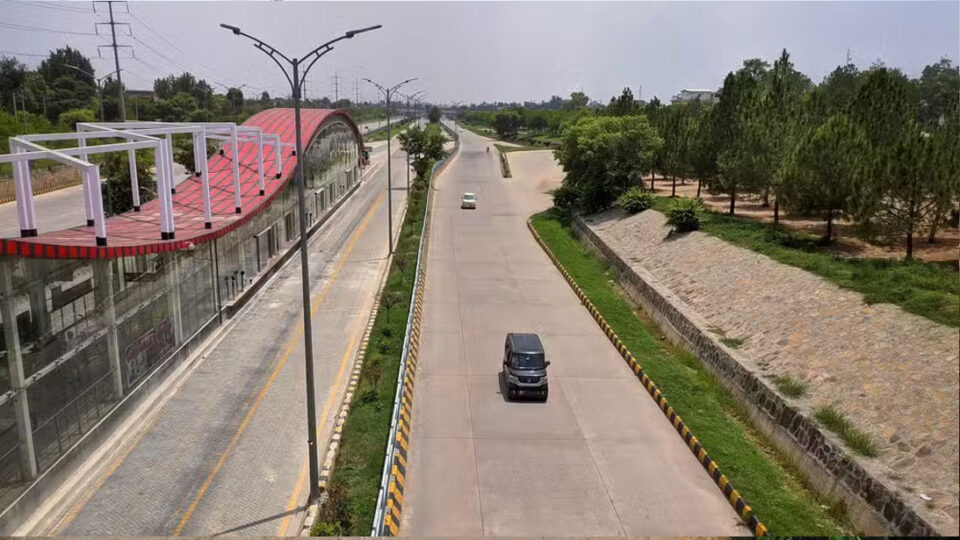Islamabad’s Newly Inaugurated 9th Avenue Underpass Damaged After First Monsoon Rain
ISLAMABAD – Islamabad’s recently opened 9th Avenue underpass, which connects Sectors H-9 and G-9, has shown signs of structural damage following the first monsoon rainfall, raising serious concerns over construction quality and oversight.
🚧 Cracks and Water Seepage Raise Alarm
According to local reports, the underpass developed visible surface cracks and water seepage, with commuters facing waterlogging and uneven road conditions shortly after the rain. These issues have caused disruptions in traffic flow and sparked concerns over poor drainage and design flaws.
Social media platforms were soon flooded with criticism, as residents and commuters questioned the construction standards and called for a thorough investigation into the project’s execution.
📍 Project Inaugurated Just Weeks Ago
The underpass was inaugurated last month by Interior Minister Mohsin Naqvi, who hailed it as a major solution to Islamabad’s traffic congestion. The project, backed by the Capital Development Authority (CDA), was part of a broader plan to make Islamabad “signal-free” by enhancing road connectivity and reducing wait times at intersections.
Minister Naqvi had also announced plans for another underpass between G-9 and G-10, further highlighting the government’s commitment to urban development.
🧱 Citizens Demand Accountability
In light of the damage, residents are urging the CDA and federal authorities to launch an independent inquiry into the construction firm responsible. Concerns have been raised about whether materials used met safety and engineering standards, especially given the project’s high visibility and strategic importance.
Urban development experts are also emphasizing the need for long-term quality assurance over fast-tracked construction, especially as more infrastructure projects are planned across the capital.
Conclusion: As Islamabad continues to grow, residents and planners alike stress the importance of sustainable infrastructure built with resilience and safety in mind. The future of urban development depends not just on delivering projects quickly—but delivering them right.

